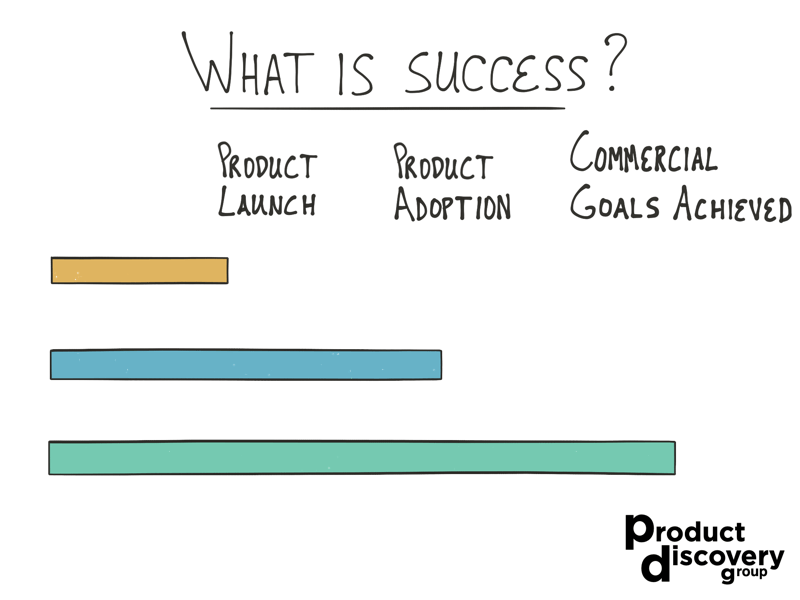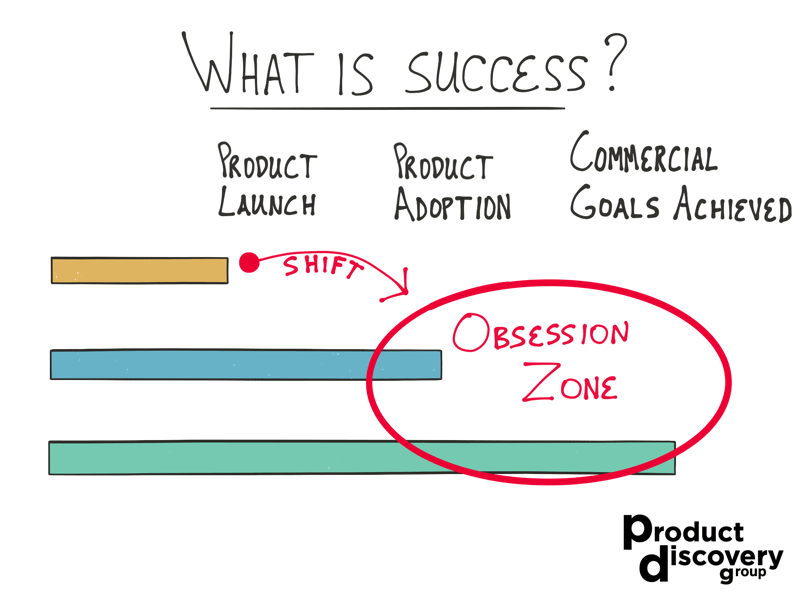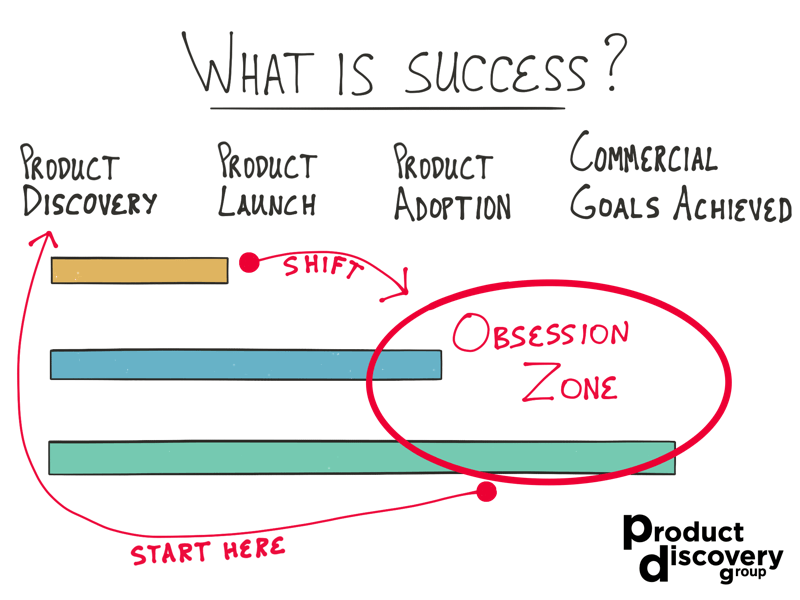What is Success in Product
Launching a product feels like success.
I've launched hundreds of features and products and that feeling never gets old.
Sending a newsletter feels like a launch, providing a mini rush of positive emotions.
But I know better than that.
I watch the open rates. I wait for replies and reposts.
Success for a newsletter happens after launch when my audience consumes and then reacts to my content.
I remind myself to focus on the adoption of my newsletter not the sending of it.
Ultimately, my newsletters and my content serve to educate my audience about product management with the commercial goal that they reach out to me to bring that expertise directly to their teams.
I am incredibly fortunate to have a steady stream of clients but it's taken me years of obsession about the adoption of my coaching product to get it right.
A newsletter serves as a reminder that launch is only the beginning of a product journey that ends in a commercially successful product.
To move beyond launch-as-success, Product teams need to shift into the Obsession Zone.
Don't assume that your launch created value.
If you're a Product leader, are you mandating analysis and reflection to drive product adoption or are you moving on to the next launch?
You need to be curious and down right obsessive about the adoption of your product.
Adoption is not just usage. It's the incorporation of the value your technology creates into the everyday life of your customers (or their customers).
You can analyze adoption by tracking and monitoring:
Usage patterns (Google Analytics, Heap, Amplitude, etc)
Business outcomes (usually pulled from a company database)
Satisfaction metrics (usually solicited in popup surveys)
Other analytics
If Product teams obsess about product adoption, there's a chance for achieving commercial goals (new sales, upsells, retention, etc).
Of course, it's faster to gauge the prospect of product adoption by doing Product Discovery before spending all that time writing code. (Yes, some things can only be tested with code but most ideas don't need functioning code to gather useful evidence.)
Using Product Discovery techniques, you can:
Connect with customers
Find problems
Set success metrics
Experiment with solutions
Test demand by asking for skin in the game
This all can happen before you ever write one line of code.
I coach Product organizations and teams to learn before a launch about the likelihood of product adoption and commercial success.
Then after launch, I coach them to spend their time in the Obsession Zone finding and using data to make changes and iterate on their journey to achieving product adoption and their commercial goals.
Jim coaches Product Management organizations in startups, scale ups and Fortune 100s.
He's a Silicon Valley entrepreneur with over two decades of experience including an IPO ($450 million) and a buyout ($168 million). These days, he coaches Product leaders and teams to find product-market fit and accelerate growth across a variety of industries and business models.
Jim graduated from Stanford University with a BS in Computer Science and currently lectures at UC Berkeley in Product Management.




